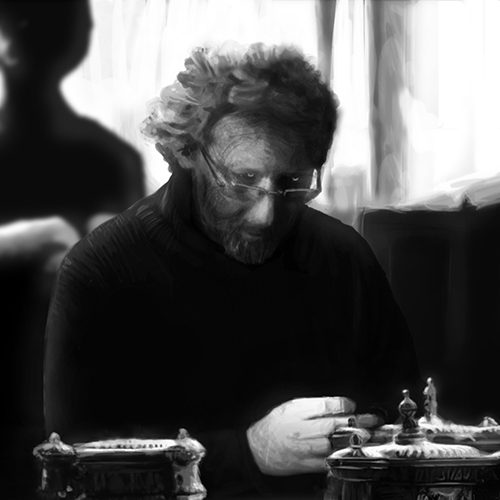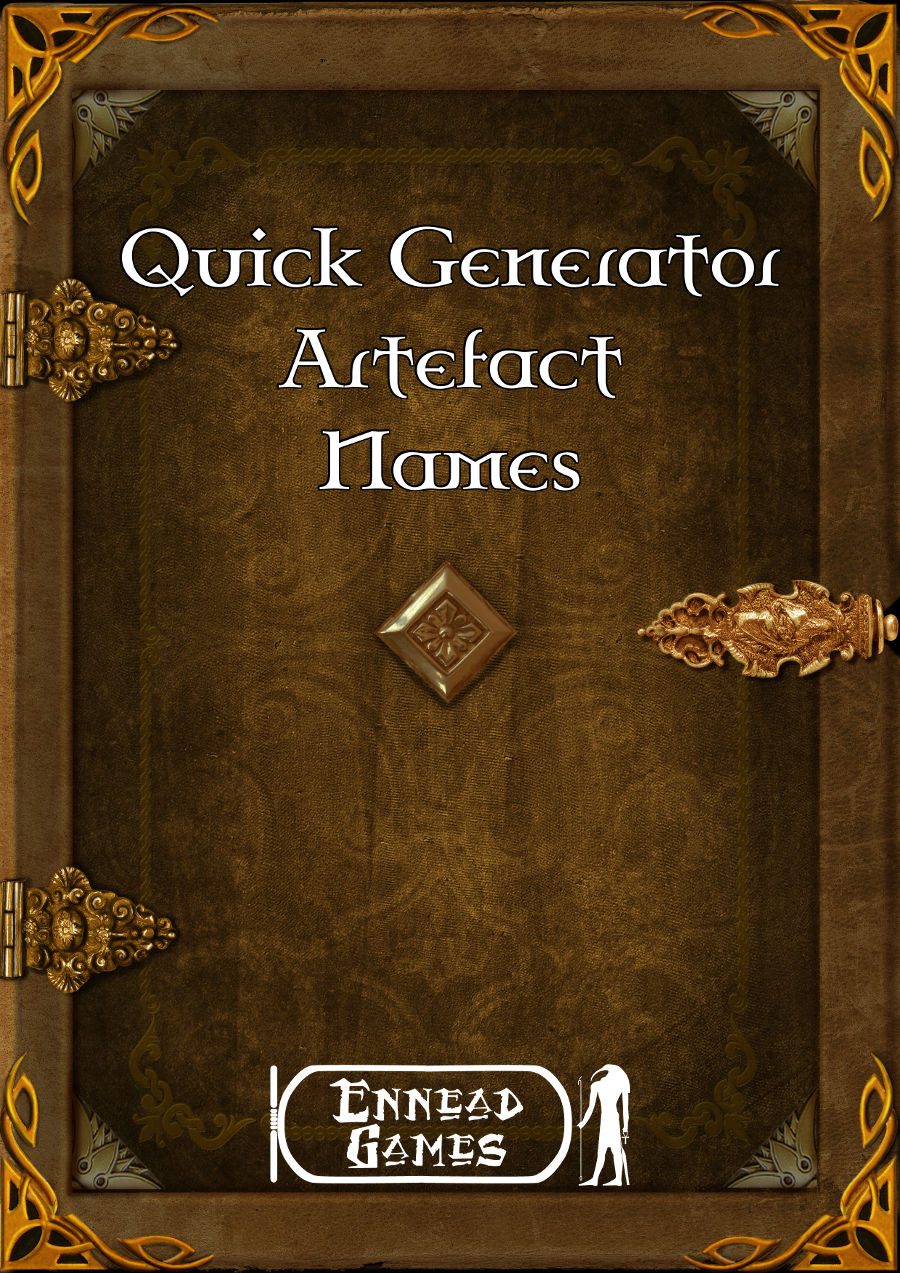
We Need a Montage Part 2, Breaking the HeroQuest 2 rules
Phil Nicholls blogs at Tales of a GM, where he writes about narrative gaming, faster prep and more story. He is currently running a HeroQuest Glorantha campaign in a home-brew setting. Phil has written for Johnn Four’s Roleplaying Tips newsletter and has a selection of self-published pdfs.
This essay is taken from the archives at Tales of a GM. http://talesofagm.com/
In this post I take the ideas from my previous Fate Montage article, and apply them to my Tales of the Hero Wars Campaign. The essay is a more detailed look at how I run a montage sequence under the HeroQuest 2 rules., and how I break the rules to do so.
While the specifics of this article deal with the wonderful HeroQuest 2 rules written by Robin D Laws, many of the principles are applicable to any set of narrative-focused rules. For those GMs running a more “crunchy” set of rules, this article offers a basic framework for a more rules-based approach to montages.
Montages in HQ2
As HeroQuest 2 already has rules for an Extended Contest, I run my montages within that framework. An Extended Contest is much like the Skill Challenges from 4th Edition D&D, but applied to any sort of contest. Thus, the Players roll as if in an Extended Contest, and keep track of the degree of success for each roll. The greater the degree of success in HeroQuest, then the more Resolution Points scored against the Opposition.
However, instead of ending an Extended Contest when one side reaches five Resolution Points, I keep the tally going for the duration of the entire montage. This ensures all the Players take their allocated number of turns. I deviate from the normal rules because I want the montage to share the spotlight equally among the Players across the designated number of time periods. Ending the montage early penalizes Players who act later in the montage.
Montage Score
I track all the RP the Players accumulate as a single Montage Score. Likewise, all the failures the Players suffer are recorded as a generic Opposition Score. Once all actions are complete, I compare the two tallies, and determine the overall outcome of the montage in light of the difference in the scores.
If the Players’ Montage Score is higher, then they achieved their goal, or succeeded in their preparations. The degree of success of the montage is dependent upon the difference between the two scores. This result translates as a Lingering Bonus applied to the implementation of the montage’s goal.
Let me return to the example in the previous post, about preparing a village against a raid by bandits. If the Players’ score indicates any degree of victory, then they gain a Lingering Bonus for repulsing the bandits. This might apply specifically to the ditch that was dug, or could be a generic bonus to be used when defending the village. The exact nature of the Lingering Bonus is a judgement call depending upon the successful actions undertaken during the course of the montage sequence.
Likewise, if the Opposition Score was higher, then the Players suffer a Lingering Penalty. Perhaps the villagers lost morale, or are exhausted by all the manual labour and cannot resist the bandits so well. Or maybe the ditch was simply not completed, and the bandits attack from an unprotected flank.
Montage Narrative
Finally, it is possible to introduce a little narrative into the montage, if so desired. For a more nuanced montage sequence, then the GM can take into consideration the outcome of one montage roll when determining the resistance of the next roll.
Setting the resistances for HeroQuest 2 strikes me as much more of an art than a science. I find it difficult to track the Pass/Failures of the Heroes when the game is in progress, so tend to wing it a lot. However, in a montage sequence, the GM could allow for Heroes to build upon the success of previous actions, and keep the resistances low. Likewise, if the montage starts to go wrong, then subsequent resistances may increase to reflect growing problems with the preparations.
Wrap up these changing resistances in your narrative of the montage, to keep the story elements of the game to the fore.
Montage Tactics
If you want to engage the Players further with the montage process, then you could run it a little more like a sub-game. In this version, you note the Resolution Points of a roll as normal. However, the next step is to offer the Players a choice. The Players can either:
- Bank the RP to the Montage Score as normal, OR
- Take the RP as a Bonus to the next roll in the Montage.
Taking the RP as an immediate Bonus reflects a build up of momentum with the preparation, making the subsequent roll more likely to succeed. This ought to generate a larger degree of success for the next roll, with a higher RP reward, but it is not certain. Some Players enjoy this sub-game as a form of resource management.
Conclusion
This is how I run a montage sequence in HeroQuest 2. The Players enjoyed the experience of our first montage, and felt that it recreated the feel of a film montage within the framework of the HeroQuest 2 rules. Thus, I will definitely be running more montages, when they match the needs of the narrative.
What rules would you use to run a montage? Share your thoughts in the comments below.
Happy Gaming
Phil
For more essays from Phil, and updates about his latest campaign, visit Tales of a GM.
Get a compiled pdf of Tales of the GM best articles of 2016 here




One thought on “[Tales of a GM] – We Need a Montage Part 2, Breaking the HeroQuest 2 rules”
Comments are closed.